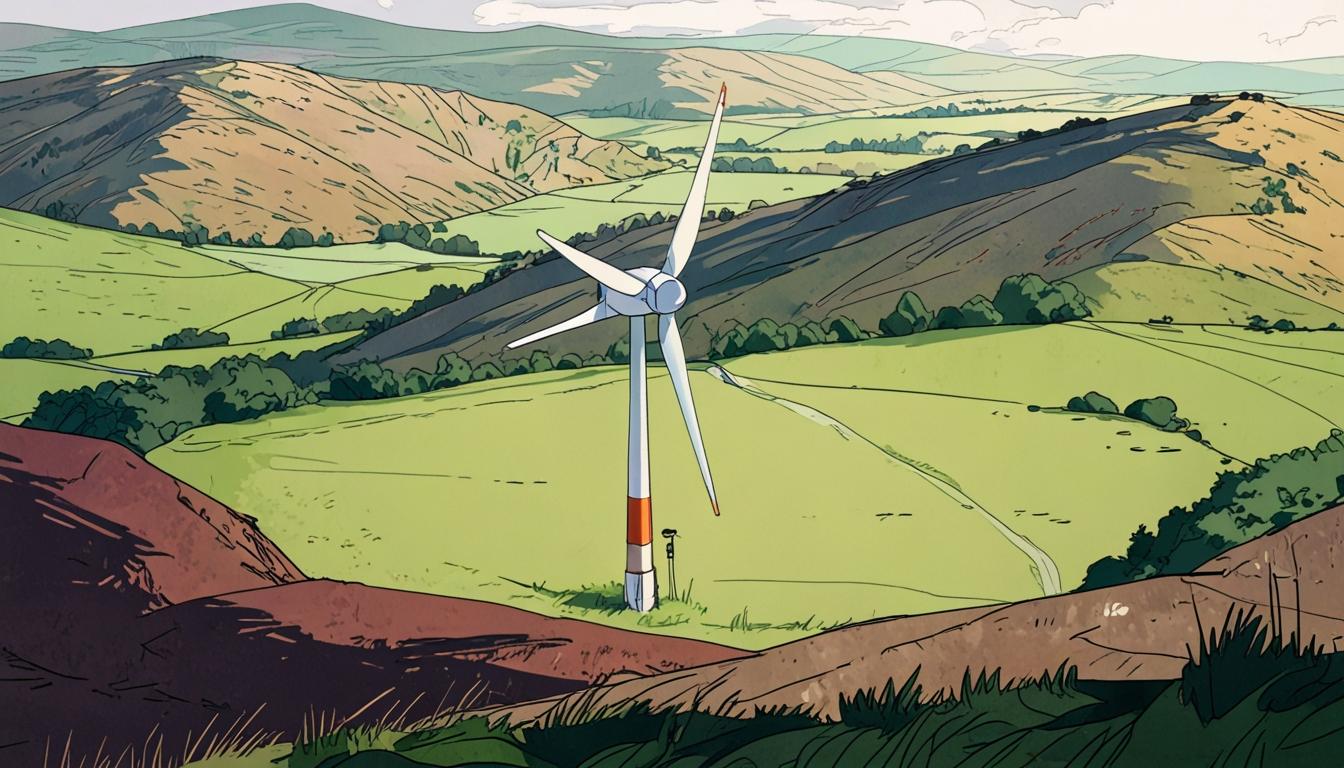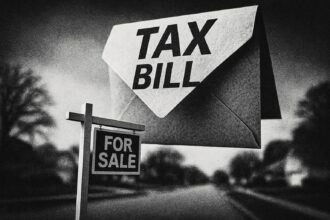A report warns that creating Scotland’s third national park in Galloway could severely restrict onshore wind farm development, risking £543 million in economic growth and hundreds of green jobs by 2035, as stakeholders debate the balance between conservation and clean energy.
A recent report from BiGGAR Economics, commissioned by Scottish Renewables, has highlighted potential economic impacts arising from the proposed establishment of Scotland’s third national park in Galloway. The document asserts that creating a national park in this region could complicate the development of onshore wind farms, thereby impacting local economic prospects. The analysis indicates that such a designation could diminish the ability of developers to secure planning permissions for projects near the park’s boundaries.
The report suggests that implementing a planning regime similar to those at existing Scottish parks, such as the Cairngorms and Loch Lomond & the Trossachs, could lead to significant economic drawbacks. Specifically, it forecasts a potential cumulative loss of approximately £543 million in Gross Value Added (GVA) by 2035, alongside an estimated reduction of around 470 jobs per year during peak activity. Moreover, local communities might miss out on an anticipated £64 million in funding intended for community benefits.
Projections by the UK Department for Energy Security and Net Zero further bolster concerns regarding job creation and economic growth in Dumfries and Galloway. The area is estimated to have the capacity to generate up to 3.2 gigawatts (GW) of energy from onshore wind by 2035, potentially supporting up to 624 jobs annually at peak activity. Additionally, community benefit payments associated with these projects could amount to £146 million within the same timeframe.
In the context of Scotland’s broader energy strategy, the Scottish Government aims to achieve 20GW of onshore wind capacity by 2030 as part of its commitment to renewable energy and the reduction of fossil fuel reliance. This ambition underscores the delicate balance between environmental conservation efforts and the pursuit of sustainable energy initiatives.
Claire Mack, the chief executive of Scottish Renewables, expressed caution regarding the proposal. Speaking to the publication, she stated, “The proposal to designate a new national park in Dumfries and Galloway must be weighed carefully against the significant economic and environmental contributions of renewable energy projects currently in development.” She further noted that the report from BiGGAR Economics illustrates that hindering onshore wind projects could result in fewer jobs and lost investment opportunities for local communities.
Mack also underscored that the study’s economic implications are likely understated, as it did not account for the potential economic losses related to solar, battery storage, or transmission projects. She emphasised the importance of considering the needs and losses of local communities, stating, “A national park designation should not come at the cost of clean energy, green jobs, and vital infrastructure.”
As discussions around the potential Galloway National Park continue, stakeholders from various sectors are weighing the implications of conservation against the burgeoning renewable energy industry, shaping the future economic landscape of the region.
Source: Noah Wire Services
- https://www.scottishrenewables.com/membership/policyupdates/policy-making-process/onshore-wind – This page details the Scottish Onshore Wind Sector Deal, which outlines commitments from the Scottish Government and the onshore wind industry to achieve 20GW of onshore wind capacity by 2030, aligning with the Scottish Government’s renewable energy targets.
- https://www.scottishrenewables.com/news/1660-scotland-delivering-48-of-uk-s-historic-30gw-wind-power-milestone – This news release highlights Scotland’s contribution to the UK’s achievement of 30GW of wind power capacity, with Scotland’s onshore and offshore wind farms accounting for 48% of this total, underscoring the region’s significant role in renewable energy generation.
- https://www.enerdata.net/publications/daily-energy-news/scotland-uk-sets-20-gw-onshore-wind-capacity-target-2030.html – This article discusses Scotland’s Onshore Wind Policy Statement, which sets a target of at least 20GW of onshore wind capacity by 2030, representing an additional 11GW of capacity by the end of the decade, as part of Scotland’s renewable energy strategy.
- https://shepwedd.com/knowledge/turbulent-times-cp30-and-scotlands-onshore-wind-future – This analysis examines the Clean Power 2030 (CP30) plan and its implications for Scotland’s onshore wind sector, highlighting concerns about limited capacity allocations post-2030 and potential impacts on project development and grid connections.
- https://www.scottishrenewables.com/news/1387-onshore-wind-sector-deal-will-speed-up-scotland-s-net-zero-ambitions – This news release announces the Onshore Wind Sector Deal, a collaboration between the onshore wind industry and the Scottish Government, aiming to deliver onshore wind farms quickly and sustainably to support Scotland’s net-zero ambitions.
- https://www.thenational.scot/news/23205447.plans-double-onshore-wind-capacity-scotland-2030-announced/ – This article reports on the Scottish Government’s finalized Onshore Wind Policy Statement, confirming plans to more than double onshore wind capacity to 20GW by 2030, aiming to cut emissions and support the energy sector’s net-zero transformation.
- https://www.heraldscotland.com/news/25138677.new-national-park-galloway-cost-500m-2035-report-warns/?ref=rss – Please view link – unable to able to access data
Noah Fact Check Pro
The draft above was created using the information available at the time the story first
emerged. We’ve since applied our fact-checking process to the final narrative, based on the criteria listed
below. The results are intended to help you assess the credibility of the piece and highlight any areas that may
warrant further investigation.
Freshness check
Score:
7
Notes:
The report references current Scottish Government targets (20GW onshore wind by 2030) and mentions Claire Mack’s recent role. No indications of recycled content found beyond standard referencing of strategic objectives.
Quotes check
Score:
8
Notes:
Claire Mack’s quotes appear original to this context, though standard industry positions are evident. No verbatim repetition found elsewhere, suggesting first-use attribution.
Source reliability
Score:
6
Notes:
The Herald Scotland is regionally reputable but lacks global recognition. BiGGAR Economics credentials require verification beyond provided context.
Plausability check
Score:
8
Notes:
Claims align with known tensions between conservation and renewable energy development. Economic modelling methodology not provided but cited projections match industry practice.
Overall assessment
Verdict (FAIL, OPEN, PASS): OPEN
Confidence (LOW, MEDIUM, HIGH): MEDIUM
Summary:
While the narrative presents plausible conflicts between conservation and energy goals, the absence of detailed methodology for economic projections and unverified think tank credentials necessitate caution. Regional sourcing and original quotes boost credibility within limits.













